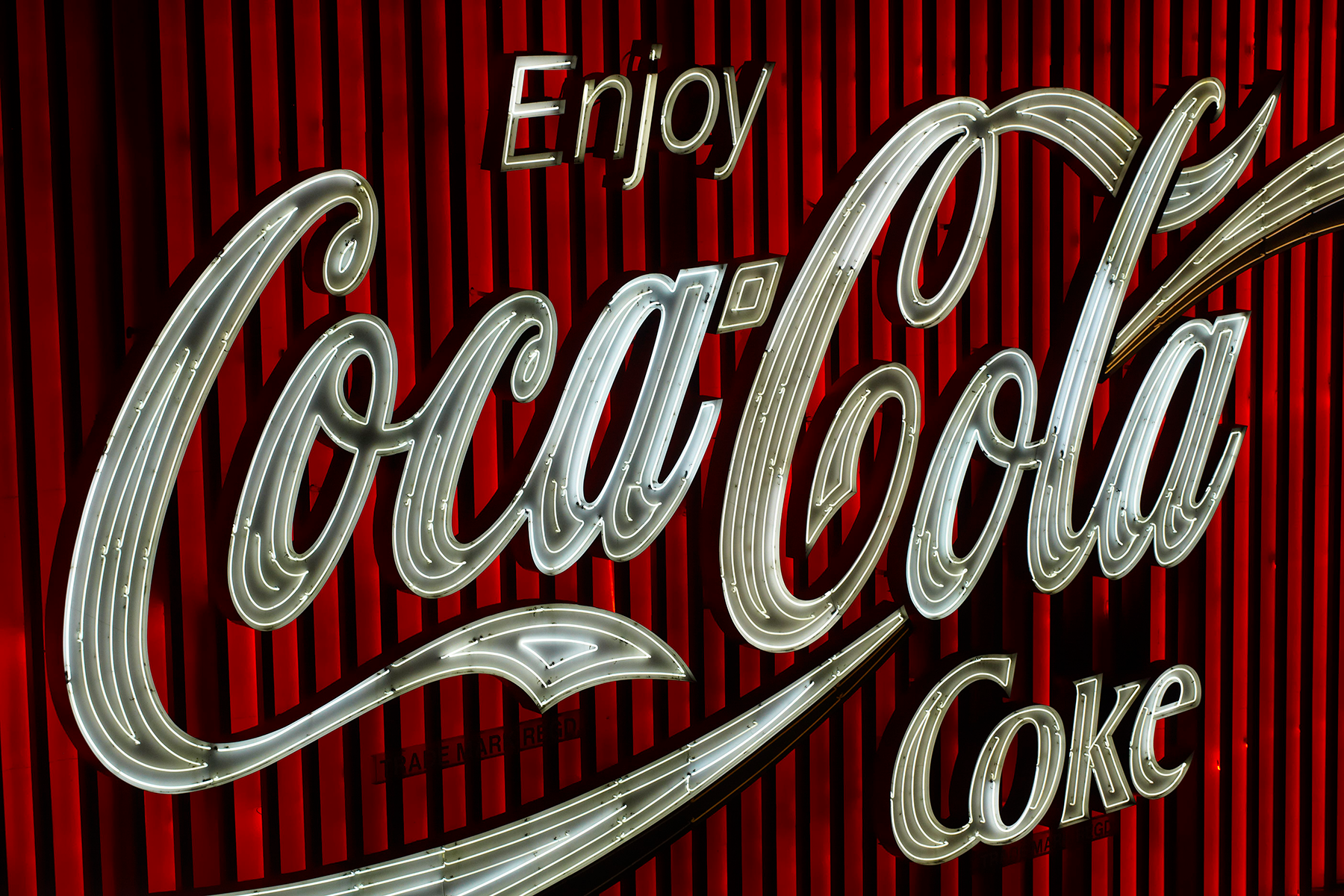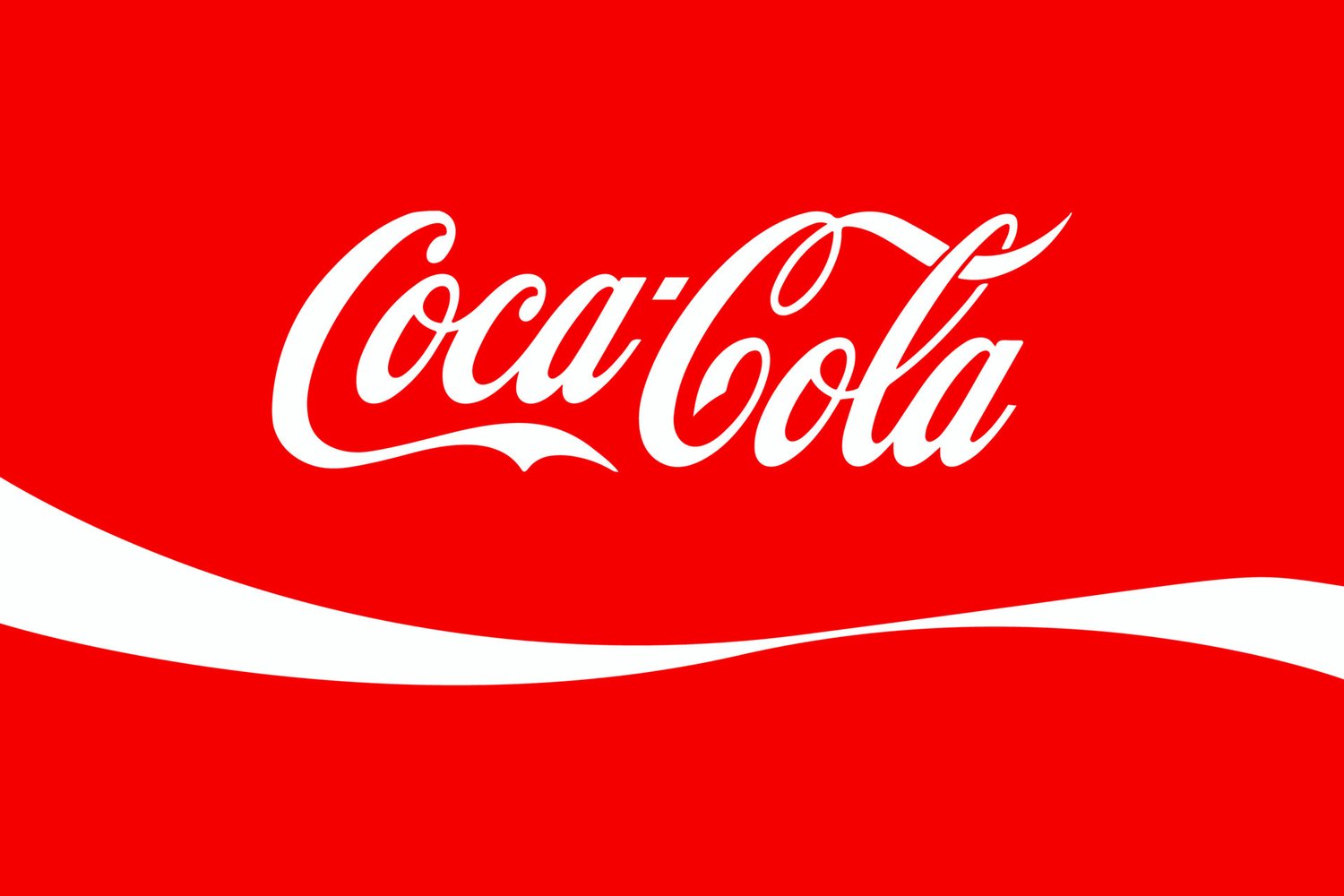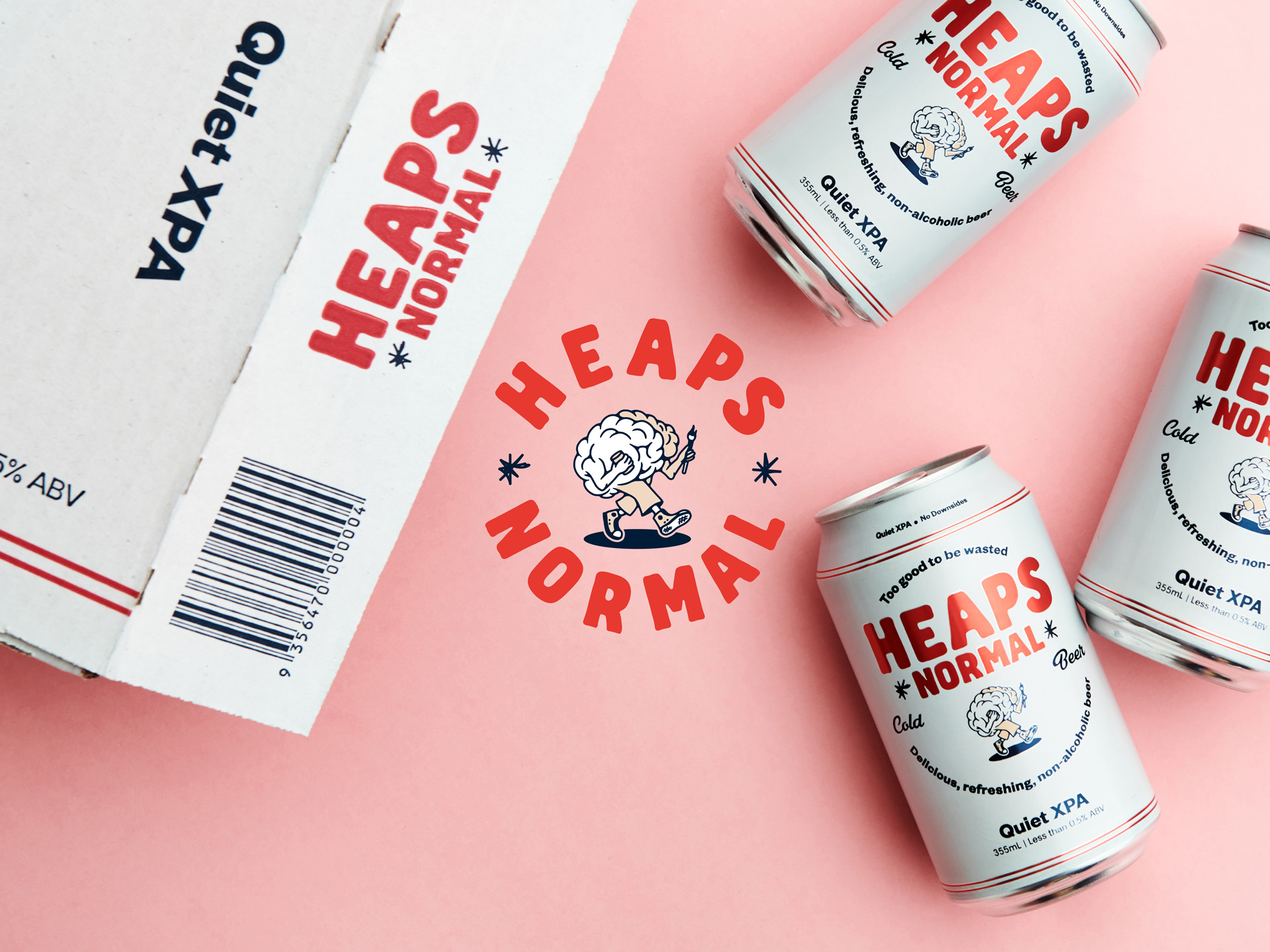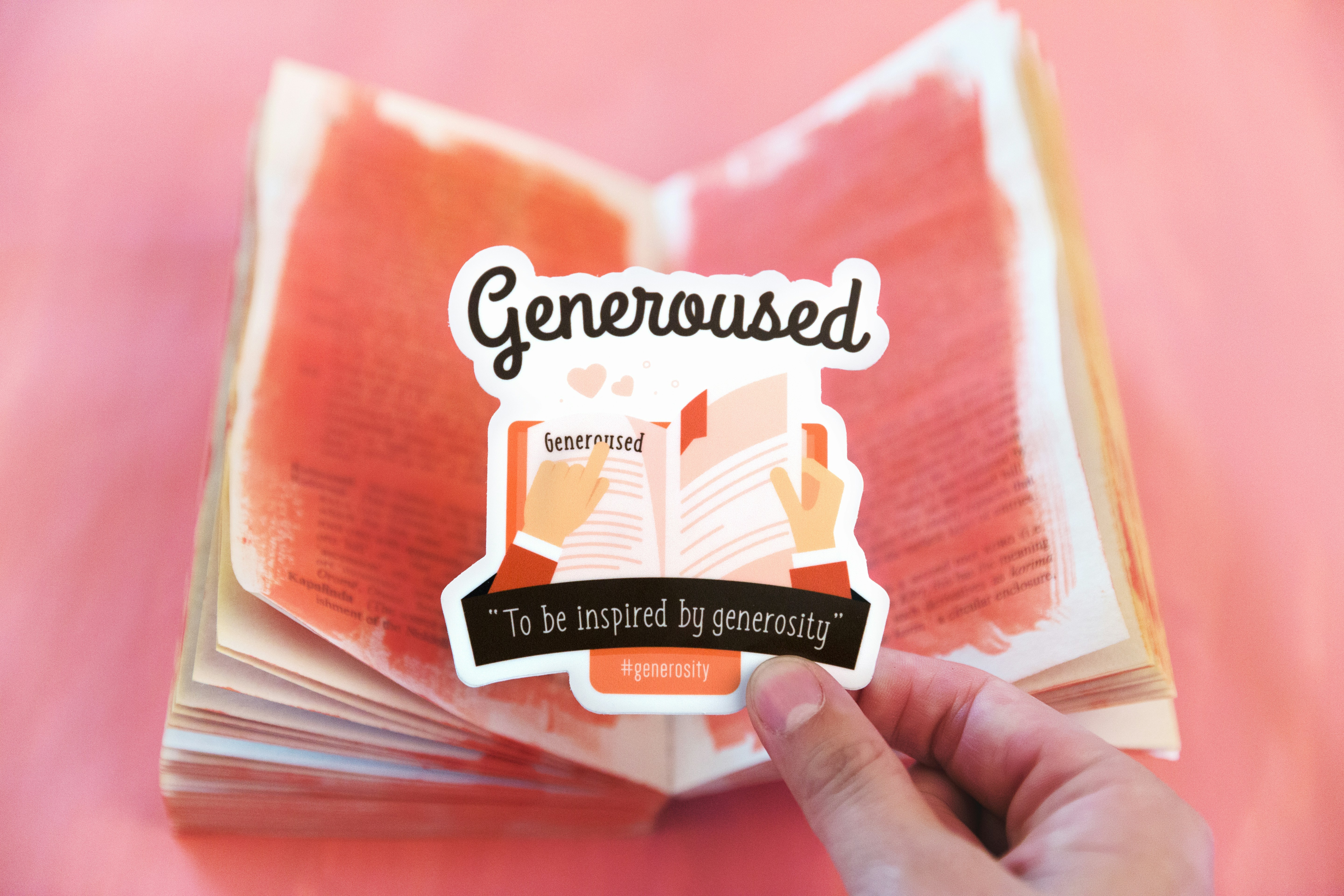
What Makes A Strong Brand Identity?
27 May 2023 · 9 min read

Chelcie Plowright
Managing Director & Brand Strategist
What Makes A Strong Brand Identity?
27 May 2023 · 9 min read
Picture this.
Imagine your business is operational, yet it's hard to distinguish yourself in a throng of contenders.
You've got an amazing product or service, yet it seems like your target audience barely notices you exist.
The culprit? A weak brand identity.
Creating a strong brand identity can be the game-changer that propels your business into the limelight.
In this post, we'll delve deep into how visual elements such as professional logo design and color palettes influence customer perception.
We'll also explore the impact of typography on branding with real-life examples.
Moreover, we will discuss aligning company mission with brand's identity and maintaining consistency across all platforms for successful branding.
We’ll even look at how some creative agencies can help establish an effective brand identity and utilizing archetypes within your strategy.
Beyond visuals, language plays a crucial role too – Nescafe’s case study provides insight on this aspect. So buckle up! It's time to dive headfirst into building trust through cohesive brand identity!
Table of Contents:
- Importance of Professional Logo Design for Branding
- How Color Palettes Influence Customer Perception
- The Impact of Typography on Brand Perception
- Aligning Company Mission with Brand Identity
- Building a Strong Brand Image with Consistency
- Coca-Cola's Logo: A Lesson in Consistent Branding
- The Importance of Consistency Across All Platforms
- Crafting a Killer Brand Identity with Creative Agencies
- Why Your Brand Needs Archetypes
- Examples of Archetypes in Action
- Beyond Visuals - Language And Performance Metrics In Building Positive Perception
- Incorporating suitable language into communication channels
- Nescafe case study demonstrating impact of paid media campaigns
- FAQs in Relation to Brand Identity
- The four elements of brand identity are:
- Conclusion
Importance of Professional Logo Design for Branding
A well-designed logo is more than just an aesthetic choice; it's the face of your company and shapes customer perceptions about your brand.
How Color Palettes Influence Customer Perception
The right color palette can evoke various feelings within customers - blue represents trustworthiness, while red signifies excitement or urgency according to Psychology Today.
Every design element matters when building a strong brand identity - each image should be carefully selected, each infographic meticulously crafted, and every photo thoughtfully captured to align with your overall branding strategy.
This approach creates a cohesive look and ensures that all visual elements work together harmoniously to tell your unique story effectively - making sure that potential customers understand exactly what they can expect from doing business with you.
The Impact of Typography on Brand Perception
Typography is the unsung hero of branding - it's more than just a pretty font, it's an influential player in how customers perceive your brand.
Canva's guide to typography is a great resource for understanding its impact on branding, and it's not just us saying that - it's backed up by research from credible sources.
Aligning Company Mission with Brand Identity
A powerful brand image is not simply about eye-catching visuals or striking color combinations; it's about coordinating your company's mission, values, and goals with your branding efforts. Typically, you will develop this within abrand strategy project.
Take for instance the successful strategy employed by Hustle & Hope, who have built a robust brand identity by focusing on solving pain points for consumers while ensuring their products align perfectly with their overarching ethos.
But how can you effectively align your company's mission with your brand identity?
Step #1: Start by defining your company's mission - something that inspires you and resonates deeply with your target audience.
Step #2: Identify the core values of your business - the guiding principles that shape every aspect of how you do business.
Step #3: Translate these elements into visual cues - colors, typography, imagery - which will form part of your overall brand identity.
Step #4: Consistently communicate this message across all platforms where you interact with customers - website, social media channels, or even in-person events.
And if you need help crafting a compelling narrative around your brand, consider reaching out to us at Creative Resort who specialize in this area.
Building a Strong Brand Image with Consistency
Creating a strong brand image is like constructing a skyscraper - it requires attention to detail and consistency.
Coca-Cola's Logo: A Lesson in Consistent Branding
Coca-Cola's use of bold colors, distinctive typography, and memorable imagery creates instant recognition among consumers worldwide.

Coca-Cola's classic red typeface logo, which has been left unchanged for more than a century and a half, is an illustration of the potency of consistent branding.
By maintaining a consistent brand image across all platforms, Coca-Cola has become a global success.
The Importance of Consistency Across All Platforms
Maintaining a consistent image and messaging that reflects your business values is key to success, no matter where you are communicating or what product you are showcasing.
For more insights on how to maintain brand consistency, check out this article.
Your Takeaway:
- Action #1: Analyze Coca-Cola's branding strategy to understand what makes them so recognizable.
- Action #2: Create clear guidelines for your own brand, from color palettes to tone-of-voice, and make sure everyone on your team knows them inside out.
- Action #3: Prioritize consistency. This should be reflected not only visually but also through customer interactions and experiences with your products/services. Remember: inconsistency confuses customers.
Why Your Brand Needs Archetypes
Brand archetypes are a powerful way to connect with your audience and boost customer loyalty.
Disney and Tesla are great examples of brands that have successfully used archetypes to enhance their bottom-line results.
But even smaller businesses can benefit from this approach.
Examples of Archetypes in Action
Disney's archetype is the 'Magician', creating magical experiences that transport audiences into different worlds.
Tesla embodies the 'Explorer' archetype, constantly pushing boundaries in technology and sustainability.
Marcella NYC is a great case study of a brand that has grown into a recognizable entity thanks to its distinctive logo design and thorough market research.
How to Implement Archetypes in Your Brand Strategy
- Step #1: Identify which of the 12 brand archetypes best represents your company's mission and values.
- Step #2: Create compelling narratives around these chosen archetypes that resonate with your target customers.
- Step #3: Maintain consistency across all platforms to ensure cohesive representation.
- Step #4: Evaluate regularly how well these implemented strategies align with key performance metrics.
By employing these measures, you can create a powerful brand identity that resonates with your target market and facilitates business development.
Don't be scared to utilize your brand's archetype and make it work for you.
Beyond Visuals - Language And Performance Metrics In Building Positive Perception
Visuals are important, but your brand's language is just as crucial in shaping its personality and resonating with your audience.
Choosing words that match your brand's persona is key to effective communication and engagement.
Check out this article to learn more about how to incorporate suitable language into your communication channels.
Incorporating suitable language into communication channels
Your choice of words can make or break customer relationships, so it's important to ensure that every piece of content aligns with your chosen tone and style. From social media posts to email newsletters, consistency is key.
Nescafe case study demonstrating impact of paid media campaigns
Paid media is essential for building positive brand perception.
Nescafe's multi-channel approach, including traditional advertising and innovative digital marketing strategies like influencer partnerships on Instagram, increased their visibility and boosted sales significantly according to this case study report.
Tracking key performance metrics helps businesses fine-tune their branding efforts based on what works best for their specific audience.
Remember, beyond visuals and language, data-driven strategies are key to understanding how people interact with your brand over time.
Crafting a Killer Brand Identity with Creative Agencies
Creating a strong brand identity is tough, but with the right guidance, it's totally doable.
Enter Creative Resort, a Sydney-based creative agency that helps businesses tell compelling stories about their brands.
Their services are comprehensive and tailored to each client's unique needs, from logo design to full-scale branding campaigns.
With a team of experts dedicated to creating a cohesive representation of your brand, Creative Resort ensures your brand is recognizable across all platforms.
Conclusion
A strong brand identity is crucial for any business looking to establish itself in the market.
Visual elements like logos and color palettes shape customer perception, while typography impacts how customers view a brand.
Aligning company mission with branding strategy is important, and consistency is key when creating a strong brand image.
Coca-Cola's iconic red script logo is an excellent example of consistency in branding, and utilizing archetypes can help create a unique identity that resonates with customers.
Incorporating suitable language into communication channels and tracking performance metrics are essential for building positive perceptions of your brand.
Consider working with creative agencies like Creative Resort or taking inspiration from companies like Skype and Nescafe who have successfully established their global presence through comprehensive guides and paid media campaigns respectively.
Remember, a strong brand identity is the foundation for success in any business.
About the author
Connect with Chelcie PlowrightMore articles about Branding

Seven Australian Brands Nailing Their Brand Messaging
25 September 2024
Read Article
Brand Promise, USP, Elevator Pitch, Brand Story, Brand Personality – What’s the Difference?
25 September 2024
Read Article
Newsletter
Sign up for latest news & updates